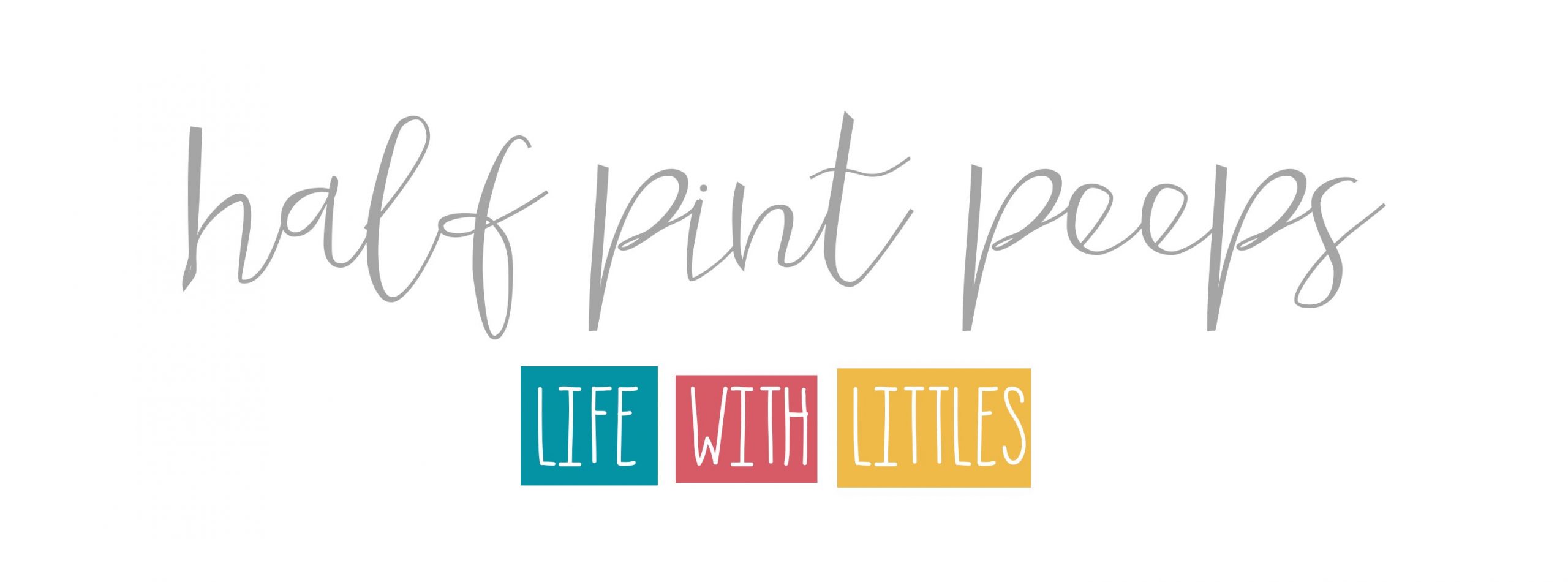As you anticipate that first month with baby, new mom worries may seem overwhelming. But there are several tips and tricks to know that will help you survive.
First Month With Baby Tips & Tricks
A dear friend of mine is a recent new mom. As I watch her go through the experience, I remember when I became a mom. I have such sweet memories of those first few months–it’s a profound experience to be a mom! But I also remember how overwhelming it is. You’re just home from the hospital and totally exhausted. And the reality that you are now responsible for someone besides yourself hits big.
All new moms learn a lot that first month. I’m sharing what I’ve learned with you, and one day you’ll pass it on to someone else!

Caring for the Cord
Today there are four simple steps to properly care for baby’s umbilical cord:
- Keep it dry: Allow the cord stump to dry out. To do this, avoid covering it up as much as possible. Fold baby’s diaper under the cord so that it stays out of the diaper.
- Keep it clean: When the cord stump gets dirty, use a soft cloth and warm water to carefully clean the cord. Gently dab it dry with a clean cloth.
- Sponge Baths Only: It’s important to keep the cord stump as dry as possible, so no full baths until the cord has fallen off.
- Leave the cord stump alone: Let baby’s cord stump fall off on its own. It should fall off within a few weeks of his birth.

What Baby Wants
I remember one of my biggest concerns was how I would know what my crying baby needed? After baby came, I surprised myself with what I realized… I somehow just knew. Baby didn’t always stop crying right away, but I knew what to do to help. I also realized I was doing all I could. Even after all his needs are taken care of, sometimes baby just needs to cry. And don’t forget, Dad can help and comfort baby, too!

Caring for Diaper Skin
Although you never want to disregard something that causes your baby pain or irritation, diaper rashes are fairly normal. Baby’s skin is adjusting to life out in the world and is super sensitive as a result. Any time her bum is sitting in moisture for too long, a rash can occur. The best way to prevent and treat diaper rash is to apply a diaper cream that contains zinc oxide. Boudreaux’s Butt Paste is a great choice!
A more concerning symptom you’ll want to watch for is a rash made up of many itchy little red bumps. The itchy little bumps can signal a yeast rash. If you see these bumps, consult your pediatrician for a prescription cream.

About Breastfeeding
Breastfeeding is different for every new Mom and baby. Some of your babies take to you without a problem but others may be finicky. Dr. Jane Morton from the Lucile Packard Children’s Hospital in Palo Alto offers solutions to 10 of the most common problems with breastfeeding.

About Bath Time
Sponge baths are recommended for the first month with baby, until the umbilical cord is gone. After that you can make more of a splash.
- Set Up: Be sure to prepare the bath area before you bring baby over. Make sure there are no items within baby’s reach. But be sure that you have easy access to everything you need!
- Position: If you use a sink, face baby’s head away from the faucet.
- Temperature: Test the water temperature on the inside of your wrist. It should be warm but not hot.
- Cup: Use a plastic cup to help rinse soap off of baby. Be careful of her eyes.
- Timing: Notice how bath time affects your baby. If he gets energized with baths, plan them during the day. But if bath time relaxes him, plan them right before bed or nap time.

Baby’s Bowel Movements
Breastfed babies have yellow, lose, seedy-looking stools. A formula-fed baby has stools of different colors and odors, but should still be fairly loose. Watch for red, black or white stools, or stool that is hard like small pebbles. Report these signs to baby’s pediatrician.

Caring for the Soft Spot
Another concern during the first month with baby is his soft spot. The soft spot, or fontanelle, is a thick, protective membrane on top of baby’s head where the skull bones haven’t grown together. This is normal, and allows baby to safely navigate out of the birth canal. Like any part of baby’s growing body, protect the soft spot as much as possible. However, it is not something to overly stress about.

Hopefully you feel more prepared for that first month with baby. My other tip is to be sure and take time for yourself!

Leave a Reply